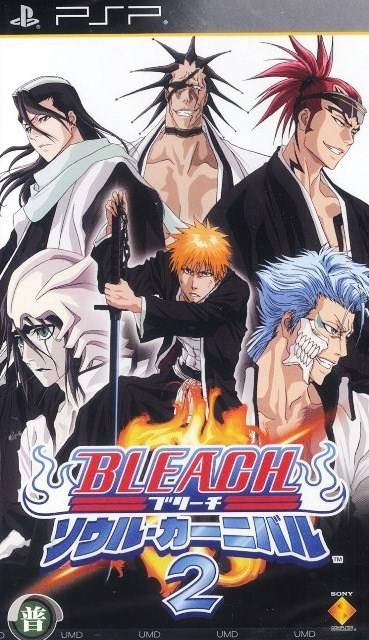

The theme song for this game is Chance! by Uverworld, and the music was composed by Kazuo Hanzawa, under the alias "NON", and Hitoshi Sakimoto. In recent video game books released in North America, tips for this game are here, as well as 2, 3, 4.īleach: Heat the Soul 2 ( BLEACH:ヒート・ザ・ソウル2) is the second installment in the Heat the Soul series, released on September 1, 2005. The voice actors themselves also appeared at the Jump Festa event for a live talk show appearance on a mock radio station just months before the game's release. One thing critics seemed to like were the authentic voice-overs during both gameplay and conversation sequences.

The game has a total of six characters, all of which derived from the Agent of the Shinigami arc. The theme song for the game is *: Asterisk by Orange Range, which also happens to be the original opening theme for the anime. Installments Bleach: Heat the Soul īleach: Heat the Soul ( BLEACH:ヒート・ザ・ソウル) is the first installment in the Heat the Soul fighting game series, released on March 24, 2005. If awarded S or A, a scenario branching occurs. Depending on completion time and remaining stamina, the player is awarded a rank of "S" through "C," S being the highest ranking possible. Heat the Soul 3 no longer uses "Story Mode" but rather "Mission Mode." In Mission Mode, the player must relive the battles of the series, though must meet certain conditions, such as a time limit, before being able to move on. For example, if Ichigo Kurosaki is selected, the player must fight all his battles with the shinigami if Byakuya Kuchiki is selected, the player must stop Ichigo and his friends from saving Rukia Kuchiki. Heat the Soul 2 adds a bit of variety to the original story mode, allowing players to play through each character's individual story. Heat the Soul features a classic story mode, allowing the player to simply relive all the important battles from the beginning of the series. Whereas Heat the Soul 3 allows the selection of up to three partner characters, Heat the Soul 4 only allows two at a time, though the abilities of both can be combined to create more powerful effects.Įach installment introduces new ways of playing through Story Mode. Each partner character has different abilities based on their skills from the series. As of Heat the Soul 3, the player may select partner characters to help aid them in battle. Furthermore, some characters can transform into certain alternative forms mid-battle, albeit until their spirit gauge is fully drained or the player cancels the transformation. Most techniques are not executed in real time, and instead have an accompanying cinematic that takes place. For some techniques, characters have available a "spirit gauge," which depletes upon execution. For instance, Ichigo Kurosaki's use of his Black Getsuga Tensho (though only while using Ichigo's bankai form) and Rukia Kuchiki's utilization of kidō. The objective of each match is to reduce the opponent's health to zero using basic attacks and special techniques unique to each character and derived from techniques they use in the source material. The player then pits their character against another, usually controlled by the game but this can also be another player depending on the mode being used. In each game of the series, the player controls one of many characters directly based upon their Bleach manga counterparts. An example of gameplay from Bleach: Heat the Soul 3.


 0 kommentar(er)
0 kommentar(er)
